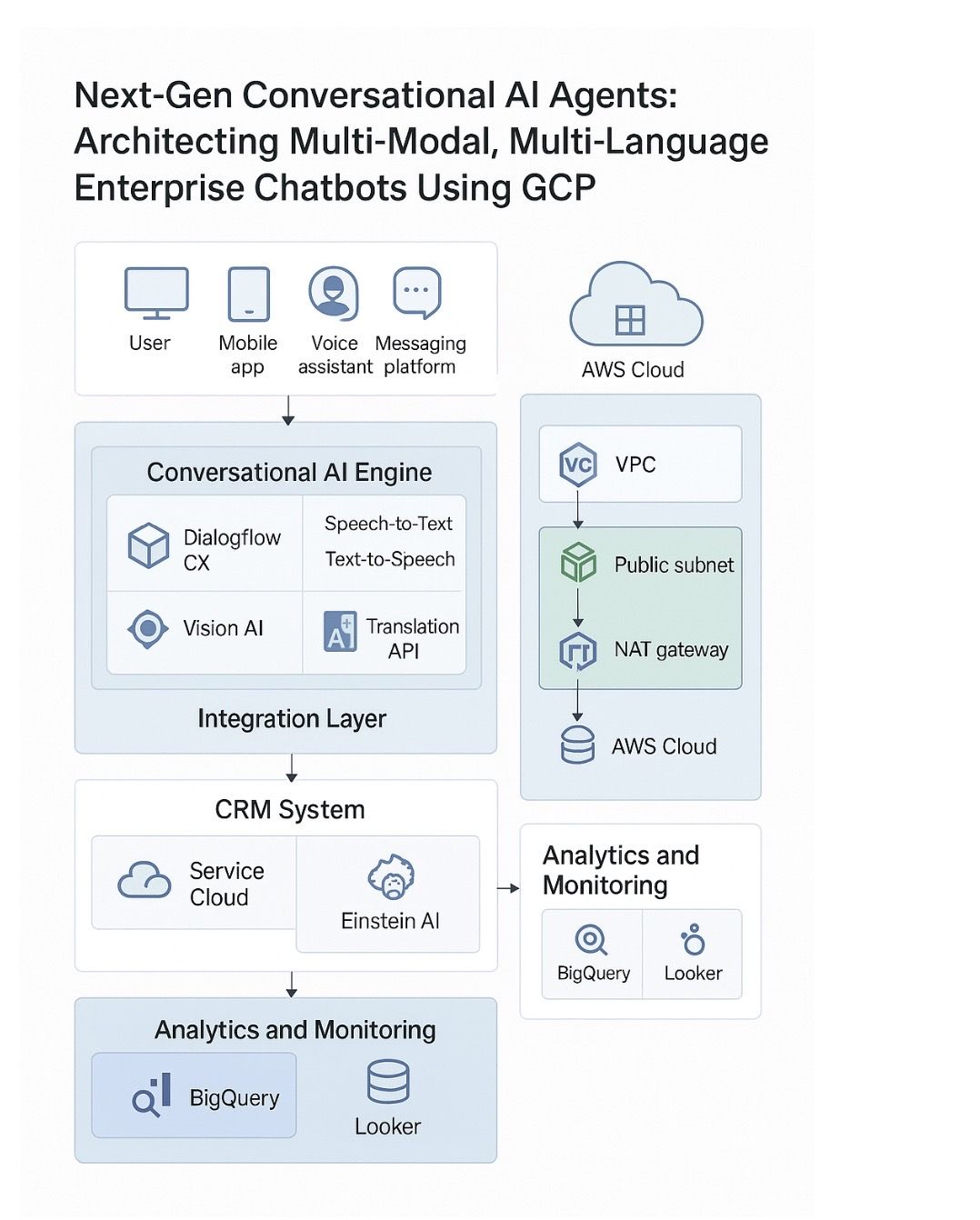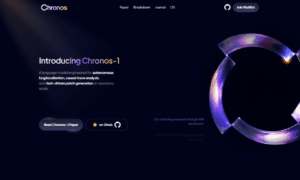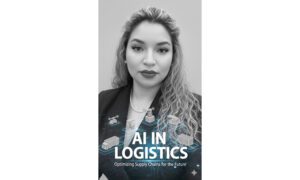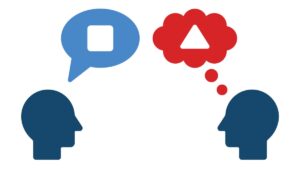Introduction
Modern businesses are actively pursuing fresh solutions to improve customer relationships and optimize business processes and reach new markets in the world’s digital platform. Modern businesses invest in multilingual and multi-modal conversational AI agents to fulfill their operational targets. Organizations can develop advanced chatbot solutions on GCP and Salesforce which enable smooth personalized dialogues throughout different communication platforms and language interfaces.
The Imperative for Multi-Modal, Multi-Language Chatbots
Addressing Diverse Customer Needs
Today’s consumers access businesses through different platforms which include websites as well as mobile apps and voice assistant features and social media platforms. These customers expect companies to deliver immediate feedback through all communication channels without forcing them to learn a specific language. The combination of text-only communication with single language limitations makes traditional chatbots inadequate for achieving the expected standards which results in separate user experiences and bad customer satisfaction rates.
Enhancing Accessibility and Engagement
Chatbots that handle multiple communication methods through text along with voice and images provide accessibility for all user types including people with disabilities. The integration of voice technology enables users who cannot see to communicate through it although users with hearing challenges benefit from text-based and image-based inputs. A language support system helps customers feel more comfortable because they can use their preferred communication format which creates trust and customer loyalty toward the company.
Operational Efficiency and Scalability
Efficient AI-based chatbots enable organizations to distribute resources better because they manage simple customer questions independently. The chatbots are equipped to manage large numbers of simultaneous interactions while maintaining high service standards even when customer volumes are high during busy periods.
Architectural Overview: Integrating GCP and Salesforce
The integration of GCP’s AI capabilities with Salesforce’s robust CRM system provides a comprehensive framework for deploying advanced conversational agents.
Architecture Diagram

Architecture Diagram
Component Breakdown
This layer contains all customer interface platforms which consist of websites along with mobile applications and voice assistants combined with messaging platforms.
Conversational AI Engine (GCP):
- Dialogflow CX: Manages complex dialogue flows and intent recognition.
- Speech-to-Text & Text-to-Speech: Facilitates voice interactions.
- Vision AI: The process and analysis of images falls under the scope of Vision AI.
- Translation API: Provides real-time translation for multilingual support.
Integration Layer:
- Cloud Functions & Pub/Sub: Cloud Functions and Pub/Sub enables components to exchange events through an event-driven system.
- API Gateway: Manages API requests and ensures secure data transmission.
CRM System (Salesforce):
- Service Cloud: Within Service Cloud customers can handle their cases together with service demands.
- Einstein AI: Offers predictive analytics and personalized recommendations
Analytics and Monitoring:
- BigQuery & Looker: Provide insights into chatbot performance, customer interactions, and operational metrics.
Real-World Impact: Data-Driven Insights
Improved Customer Satisfaction
According to research by Tidio establishments that introduced multilingual chatbots observed a 20% rise in conversion rates and their website traffic grew by 120% after they created language translations for their websites.
Enhanced Engagement Through Multi-Modality
The integration of multiple communication channels within chatbot interactions strengthens user satisfaction according to research studies. Scientific measurement proved that utilizing visual components with audio and written text during interactions increases user retention and extends dialogue time beyond single-text communication.
Operational Efficiency
AI chatbots through Beyondchats solve between 80% of regular customer queries which enables human staff to handle more advanced matters. When computer systems handle repetitive tasks the customer satisfaction ratings improve by 40% while organizations achieve substantial monetary savings.
Simulated Case Study: Global Retail Enterprise
The multinational retail company established a multi-modal multi-language chatbot through their GCP and Salesforce integration to boost their customer service operations.
Post-implementation results included:
- The computer system resolved 82% of all incoming customer queries by itself.
- Customer Satisfaction: Achieved a 15% increase in CSAT scores.
- Operational Costs: Realized a 37% reduction in monthly support costs.
- Global Reach: Expanded support to over 30 countries with real-time language translation capabilities.
Future Outlook: The Evolution of Conversational AI
AI technology advancement will enable conversational agents to acquire more capabilities in the future. Future developments may include:
- Chatbots will gain emotional intelligence abilities to detect how customers feel so they can engage through empathy.
- AI agents show proactive behavior when they identify customer needs beforehand by starting engagement for assistance or recommendation services.
- The system should have an improved connection to various enterprise platforms in order to offer extensive support while giving customers personalized experiences.
Conclusion
Businesses achieve major progress with enterprise customer relations by combining GCP and Salesforce to power multi-modal multi-language chatbots. The digital transformation era will adopt conversational AI agents as essential assets because they meet diverse customer requirements while boosting accessibility and operational performance. Numerous enterprises that embrace these technologies obtain better capabilities to align with global customer market needs.



































